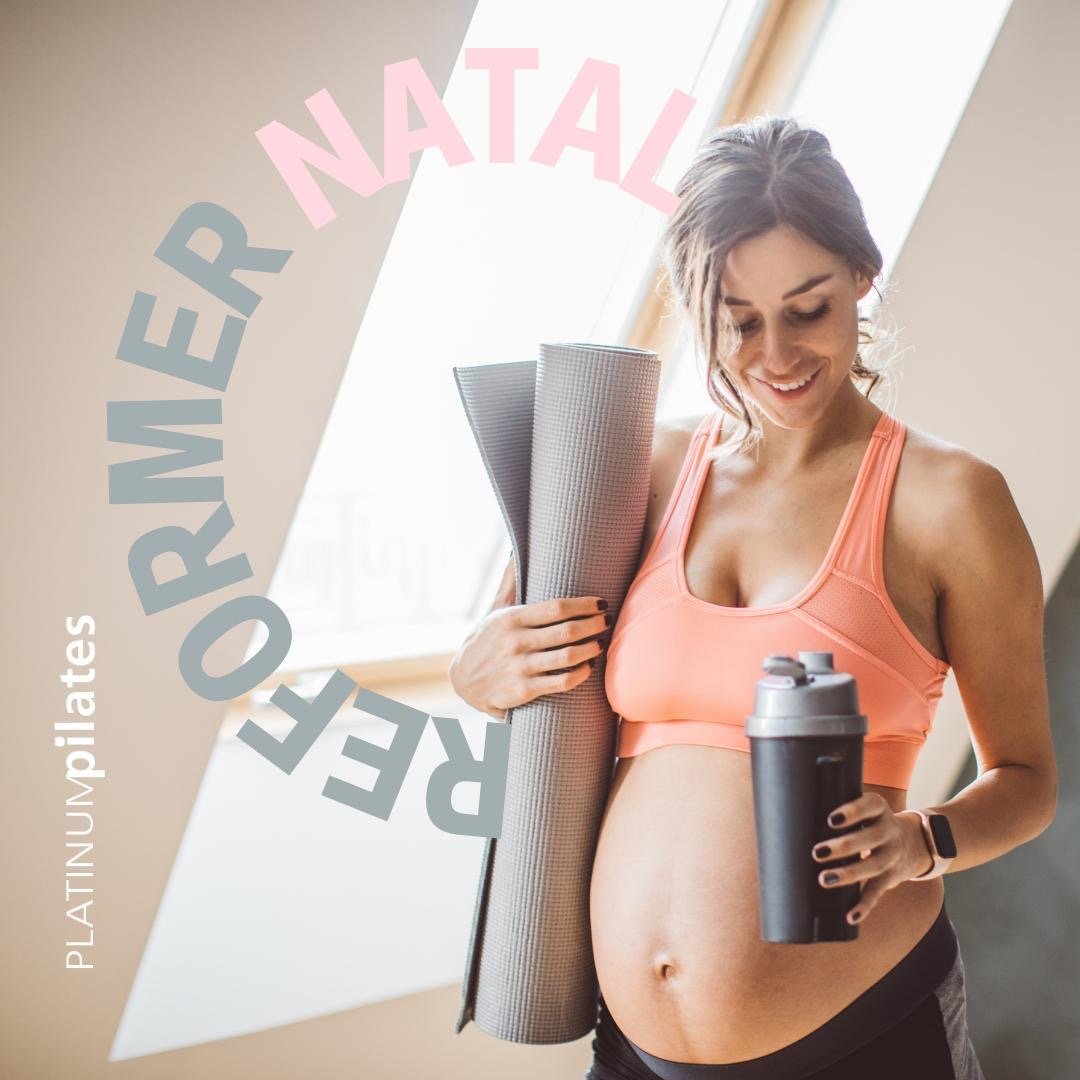Physical Activity & Pilates in Pregnancy
TRUE - 3 out of 4 women are NOT meeting the recommended physical activity requirements during pregnancy.
The World Health Organisation recommends throughout pregnancy aim for at least 150 minutes of moderate-intensity activity every week. This should include muscle-strengthening activities twice a week such as pilates or weight training.
Generally recommended activities:
Walking
Pilates
Yoga
Swimming
Antenatal classes
Exercise to absolutely avoid:
Contact sports
Recreational sports with increased risk of falling
Exercise under extreme conditions:
Scuba diving
Altitude training
Bikram yoga
Benefits of physical activity in pregnancy:
➢ Respiratory:
○ Prenatal fitness programmes improve ventilation, peak oxygen pulse values and workload capacity
➢ Hormonal and metabolic:
○ Better glucose screening results, reducing the risk of gestational diabetes
○ Boosts endorphins
➢ Cardiovascular:
○ Positive effects on blood pressure
○ Reduces risk of pre-eclampsia
➢ Psychological:
○ Improved mood
○ Decreased levels of antenatal and postnatal depression
➢ Other:
○ Manage low back and pelvic girdle pain
○ Manage weight gain
○ Build stamina for labour
○ Improves balance, reduces risk of falls
○ Preparation for heavy lifting in postnatal period (car seats, buggies and baby)
Benefits of pilates in pregnancy:
➢ Strengthen your core and gluteal muscles
A hormone released during pregnancy called relaxin causes the ligaments that connect your bones to become more flexible, making you more prone to pelvic pain and lower back pain. Strengthening your deep abdominal muscles will help counter the laxity so you’re less likely to develop pain in your pelvis and lower back. Pilates is also great to strengthen your gluteus medius which helps minimise pain in your sacroiliac joint.
➢ Reduce back pain
By strengthening the deep abdominal muscles you are less likely to develop back pain. Pilates also helps to give you better awareness of your posture, which tends to change as your baby grows which further helps to decrease pain in your back.
➢ Strengthen your pelvic floor
The weight of your baby plus the hormonal changes can weaken your pelvic floor muscles. Pilates can help to strengthen this hammock of muscle that sits under the pelvis to support your bladder and bowel and reduce the risk of incontinence that could develop during or after your pregnancy.
➢ Control your breathing
Breathing is a key focus in all prenatal Pilates classes, and is especially useful for pregnant women to learn, as good air exchange is important for you and your baby. Learning to control your breathing is also beneficial for labour. Stiffness in your upper back which develops as your belly grows can restrict deep breaths, so pilates will help to maintain flexibility in this area.
➢ Improve balance
Due to the change in posture and where your weight is distributed you may feel more clumsy or unstable when pregnant. Pilates helps your balance by increasing your core strength and teaching you to be sensitive to these postural changes.
➢ Relaxation
Taking some time for yourself during your pregnancy when there are a lot of changes happening all around (and inside) you is important. Pilates gives you an opportunity to switch off from work and day-to-day stresses and let the mind slow down while reflecting on the physiological changes in your body.
➢ Speed up recovery postpartum
Keeping in shape through your pregnancy will help you to get back your pre-pregnancy body more easily!

